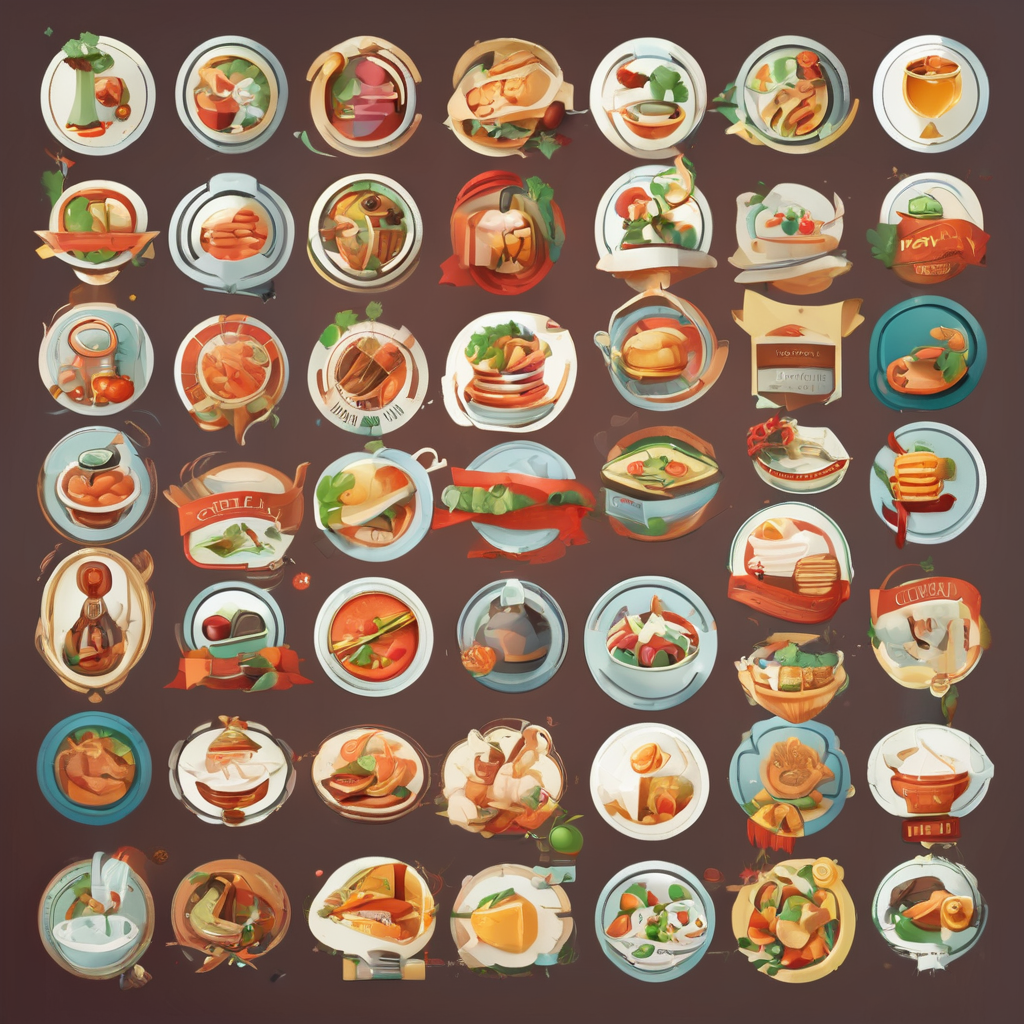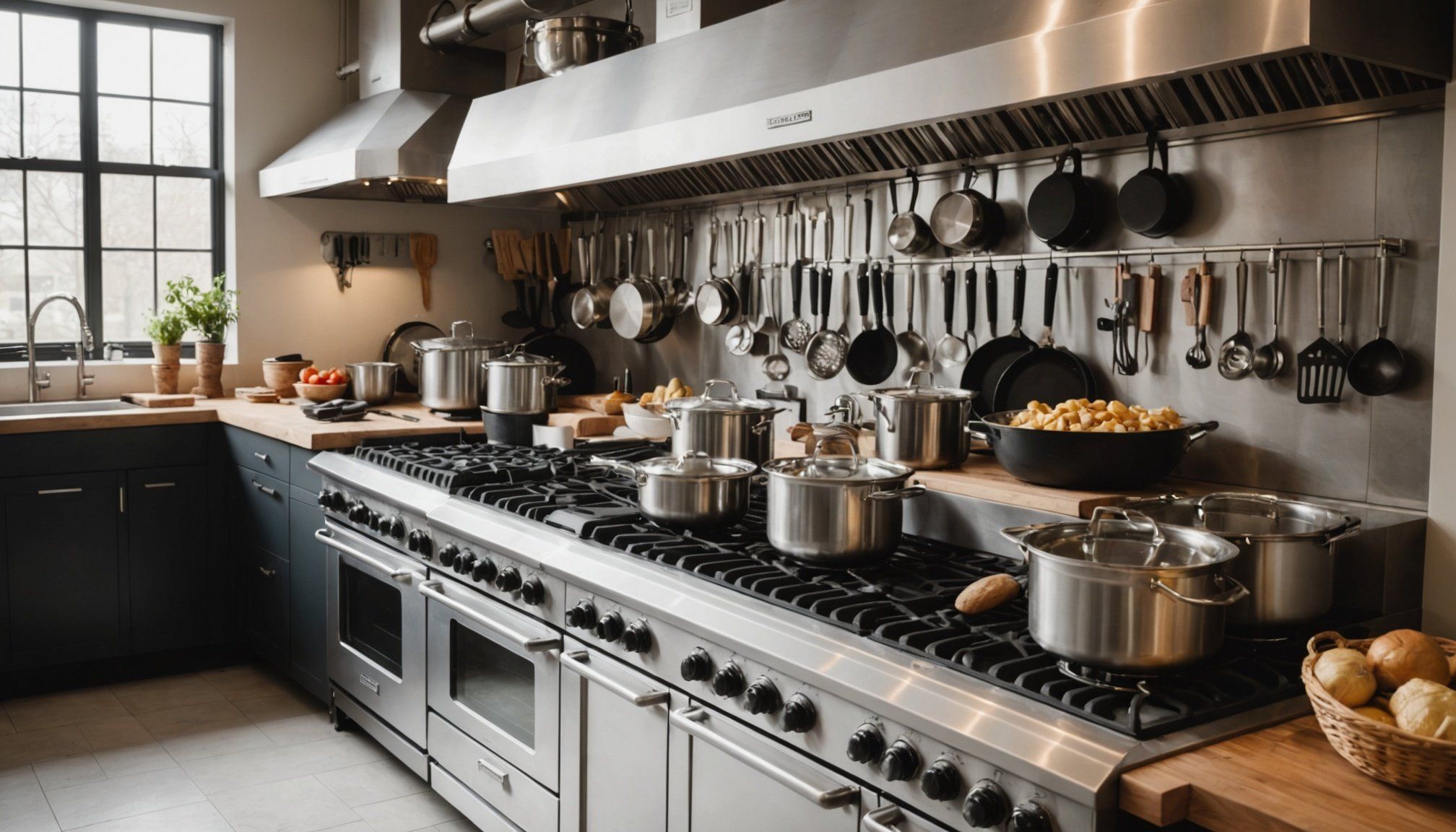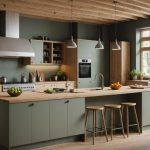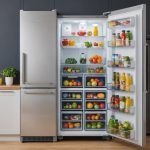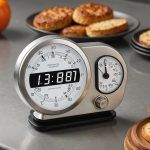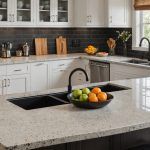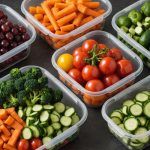In any commercial kitchen, the efficiency of your cooking workflow hinges significantly on how well you organize your kitchen equipment. A well-structured space not only enhances productivity but also ensures a smoother operation for your staff. Whether you are running a bustling restaurant or prepping meals in a smaller establishment, the layout of your kitchen plays a crucial role in determining the overall effectiveness of your food preparation processes. This article will explore the importance of organizing kitchen tools, discuss various strategies for achieving an efficient layout, and offer insights on how these changes can contribute to improved cooking efficiency.
The Importance of an Organized Kitchen Layout
Your kitchen layout directly impacts the way your staff interacts with the space and the food items they work with. An organized kitchen allows for easy access to all necessary equipment and ingredients, which translates to a more fluid cooking process. Consider how often your staff needs a specific tool or ingredient while working on a dish. If these items are stored in a logical and easily reachable manner, your team can save valuable time during peak hours.
Have you seen this : Top Must-Have Features for a Whisper-Quiet Dishwasher in Your Open Concept Kitchen
Moreover, an organized kitchen minimizes the risk of accidents. When equipment is properly stored, the chances of misplacing items or cluttering workspaces get significantly reduced. This also promotes health and safety standards, which are essential in any food establishment. A clear and organized workspace allows your staff to focus on creating high-quality dishes rather than wasting time searching for tools or dealing with disorganization.
To optimize the layout for cooking efficiency, it’s crucial to consider the workflow from storage areas to cooking stations. Ensure that the path from the storage of ingredients to the cooking area is as direct as possible. This enables your staff to move seamlessly between tasks without unnecessary interruptions. Ultimately, an organized kitchen layout can make the difference between a chaotic environment and a well-oiled machine, contributing to better morale and output from your team.
Also to see : What is the importance of using a kitchen thermometer for baking and cooking meat?
Key Storage Solutions for Commercial Kitchens
Effective storage solutions are vital for maintaining an organized kitchen. They are not just about keeping things tidy; they directly influence the speed and efficiency of your cooking processes. For instance, utilizing vertical space with shelves can help store ingredients and equipment without sacrificing floor space. This is especially important in a commercial kitchen, where every square foot counts.
Investing in labeled containers for ingredients can streamline your workflow. When your staff knows exactly where to find what they need, it reduces the time spent looking for items and increases the time spent on actual food prep. Consider clear containers or jars; they allow your team to quickly identify contents and monitor inventory levels, minimizing waste and ensuring quality control.
Additionally, mobile storage carts can be an asset in a busy kitchen. These carts can be easily moved around to wherever they are needed, facilitating better workflow during high-demand periods. This flexibility helps your staff access the tools and items they need right when they need them, enhancing overall productivity.
Finally, don’t forget the importance of regular cleaning and organization of your storerooms. Schedule regular inventory checks and tidy up storage areas to ensure that everything remains in its place. By prioritizing these aspects, you create a healthier, more efficient kitchen environment.
Choosing the Right Equipment for Your Kitchen
Selecting the right kitchen equipment is crucial for achieving optimal cooking efficiency. Each piece of equipment should serve a specific purpose and complement the workflow of your kitchen. For example, investing in high-quality utensils and cookers can significantly enhance the quality of the dishes your staff prepares.
When assessing your equipment needs, consider the volume of food you typically prepare. For restaurants that handle a high turnover of orders, heavy-duty equipment designed for frequent use may be necessary. On the other hand, smaller establishments might benefit from multipurpose tools that allow for versatility and space-saving, ensuring that every tool is utilized efficiently.
Furthermore, think about the layout of your kitchen when selecting equipment. Large, bulky items might obstruct vital pathways in your workspace, while compact tools can fit seamlessly into your setup. Evaluate how often each piece of equipment will be used, and position it accordingly to maximize accessibility. The goal is to create a kitchen environment where your staff can quickly and easily reach the tools they need without unnecessary movement.
Incorporating modern technology, like digital timers or smart ovens, can also contribute to better workflow. These tools can automate certain processes, allowing your staff to focus on preparing and plating dishes, thus increasing overall efficiency. With the right equipment in place, your kitchen will operate smoothly, leading to improved quality of food and customer satisfaction.
Enhancing Communication Among Staff
In any bustling kitchen, effective communication among your staff is vital. An organized kitchen not only aids in physical workflow but also fosters a better environment for communication. When your staff knows where everything is located, they can focus on their tasks rather than interrupting each other for tools or ingredients.
Consider implementing a clear system of signals or designated areas for various tasks. For example, having a specific prep area for certain dishes can help staff communicate more effectively about what they are working on and what needs to be prioritized. This streamlined approach can prevent mix-ups and ensure that everyone is on the same page throughout busy service times.
Regular team meetings can also strengthen communication. Use these sessions to discuss workflow challenges and solicit feedback from your team on how to improve your kitchen operations. Encourage open dialogue about the organization of both equipment and ingredients. Your staff is on the front lines and can offer valuable insights into what practices work best and where improvements can be made.
Additionally, ensure that all new staff members are trained on the organization of the kitchen layout and equipment from day one. A comprehensive orientation can empower them to work efficiently right from the start. By fostering a culture of communication and organization, you’ll create a more effective and cohesive team.
Organizing your kitchen equipment is not just about keeping things tidy; it can profoundly impact your cooking workflow. By employing strategies that prioritize an efficient layout, effective storage solutions, proper equipment selection, and enhanced communication, you can create a space that maximizes the potential of your staff and the quality of your food. The result is an organized, efficient kitchen that not only meets the demands of a busy restaurant but also enhances the overall experience for both staff and customers. Therefore, invest the time and resources into reorganizing your kitchen space—it is an investment that pays dividends in time saved, quality produced, and customer satisfaction.
